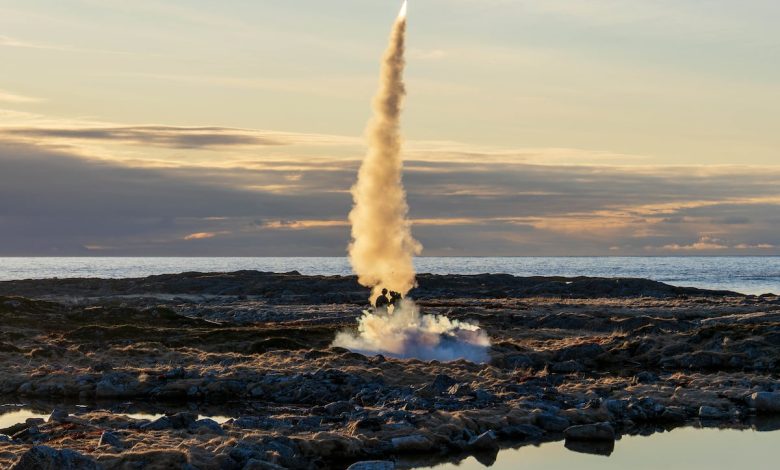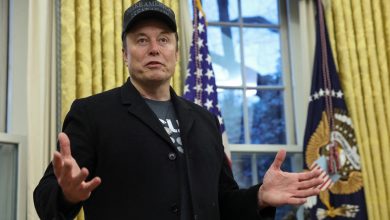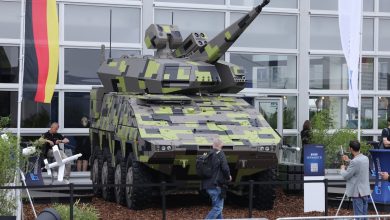RTX touts its Europe ties as nations look warily across the pond

PARIS — Raytheon touted the company’s local presence in Europe during a briefing at the Paris Air Show, as the company eyes the impact of a European rush for greater sovereignty in defense matters.
Raytheon extended a partnership with Norway’s Kongsberg to produce the NASAMS air-defense system for another ten years, and is seeking more supply chain partners to add to cooperation agreements in Europe, Tom Laliberty, Raytheon president for land and air defense systems, told reporters here.
The European Union is pushing for member states to spend more on arms procurement within the 27-nation bloc to bolster local defense manufacturers. EU plans such as ReArm Europe seek to reduce reliance on external suppliers including the United States, creating an incentive for the likes of RTX, Raytheon’s parent company, to polish their European credentials.
“Longer term, I think there’s a very appropriate focus on building capacity here in Europe,” Laliberty said. “We’re going to continue to participate in those partnerships, pursue new partnerships, and look to ensure that we’re part of the European strategy going forward.”
Laliberty said RTX, which also includes Collins Aerospace and engine maker Pratt & Whitney, has some 24,000 employees in Europe.
European efforts to strengthen the local defense industry comes amid concerns about Russia’s aggression following its 2022 invasion of Ukraine, as well as worries about American disengagement from the continent. U.S. President Donald Trump has repeatedly threatened to walk away from NATO security guarantees if European allies don’t step up defense spending.
Laliberty said partnerships are “very much the way we see Raytheon’s approach” in Europe. He said various countries take different approaches to sovereignty, and “we try to be open and help them meet those requirements.”
“Maybe some of those relationships change, where we’re supplying to some of our European partners or increase their work share on some of our programs, but I certainly believe that we have a very bright future here in Europe.”
Raytheon also signed a memorandum of understanding this week with Germany’s Diehl Defence to co-produce the Stinger short-range anti-air missile in Europe. The company aims to increase production of the weapon by 50% by the end of 2026, in response to “significant demand” related to the Stinger’s performance in Ukraine, Laliberty said.
The U.S. company announced plans to co-develop parts of the future GhostEye radar for the NASAMS system with Kongsberg, with Laliberty saying manufacturing will lean on Norwegian and European suppliers to support production.
A joint venture with pan-European missile maker MBDA in Germany to manufacture the GEM-T interceptor for the Patriot air-defense system “will use as much of a European supply chain as possible,” according to Laliberty. He said Raytheon has several partnerships for Patriot across Europe, including building of the entire launcher in Poland.
Raytheon is working with various NATO countries and the NATO Support and Procurement Agency on future contracts to take advantage of the new GEM-T capacity being added in Germany, the executive said.
“So we continue to work across Europe to find additional supply chains, to find additional partners, to really unlock the capacity here and increase our ability to deliver more product to the war fighter,” Laliberty said. “That transatlantic industrial base is required to meet the needs of all of NATO. So I’m very encouraged that we’ll be here for the long haul.”
Rudy Ruitenberg is a Europe correspondent for Defense News. He started his career at Bloomberg News and has experience reporting on technology, commodity markets and politics.







